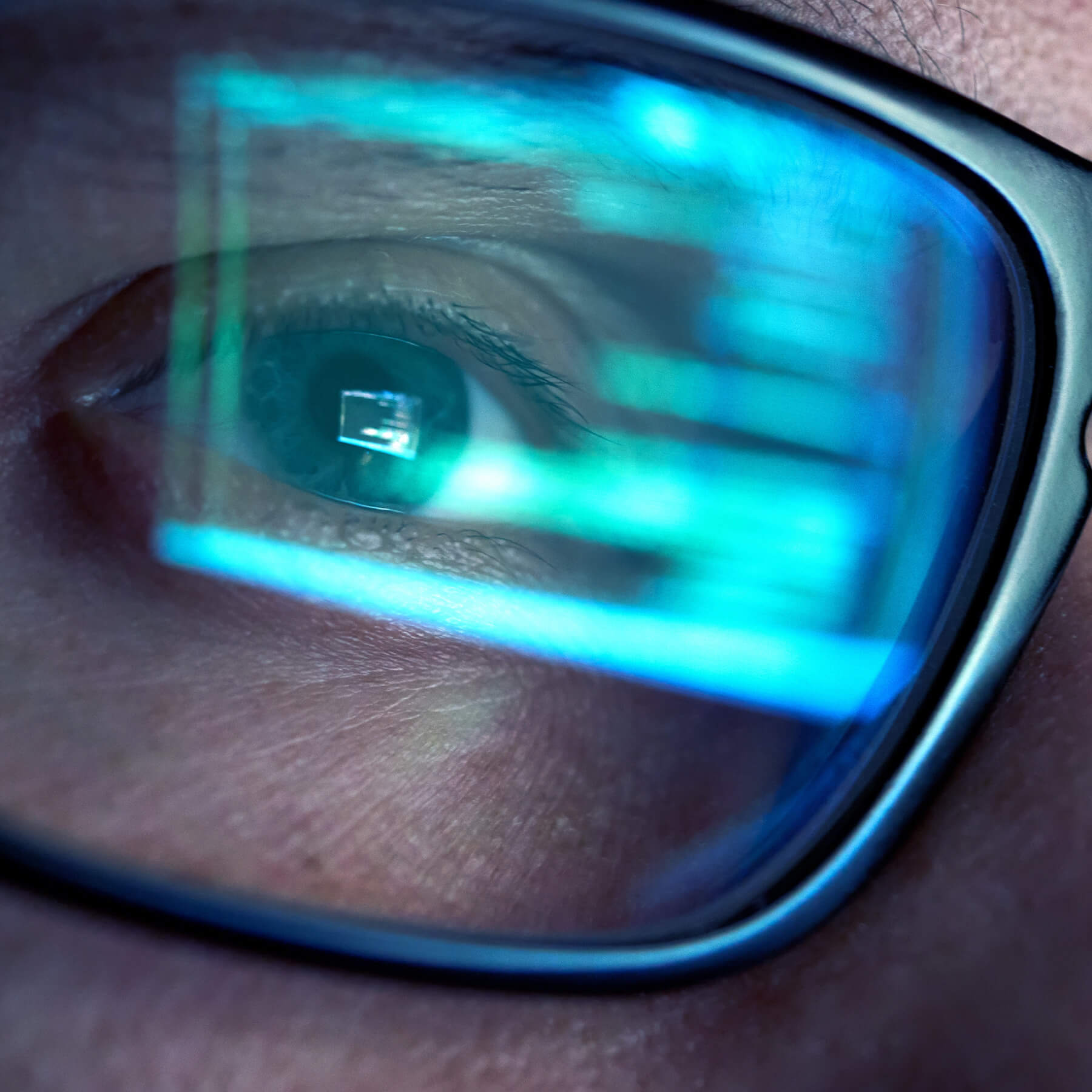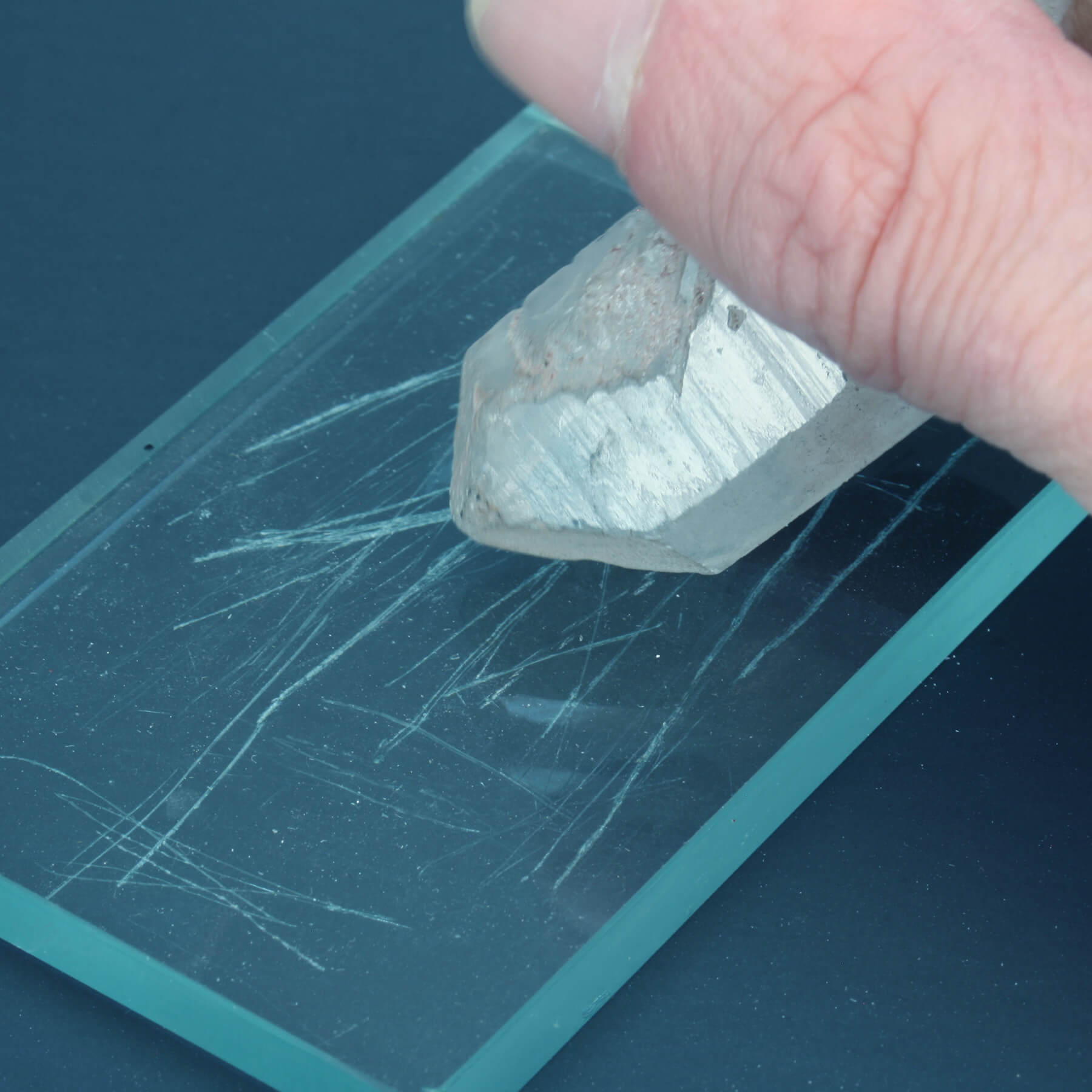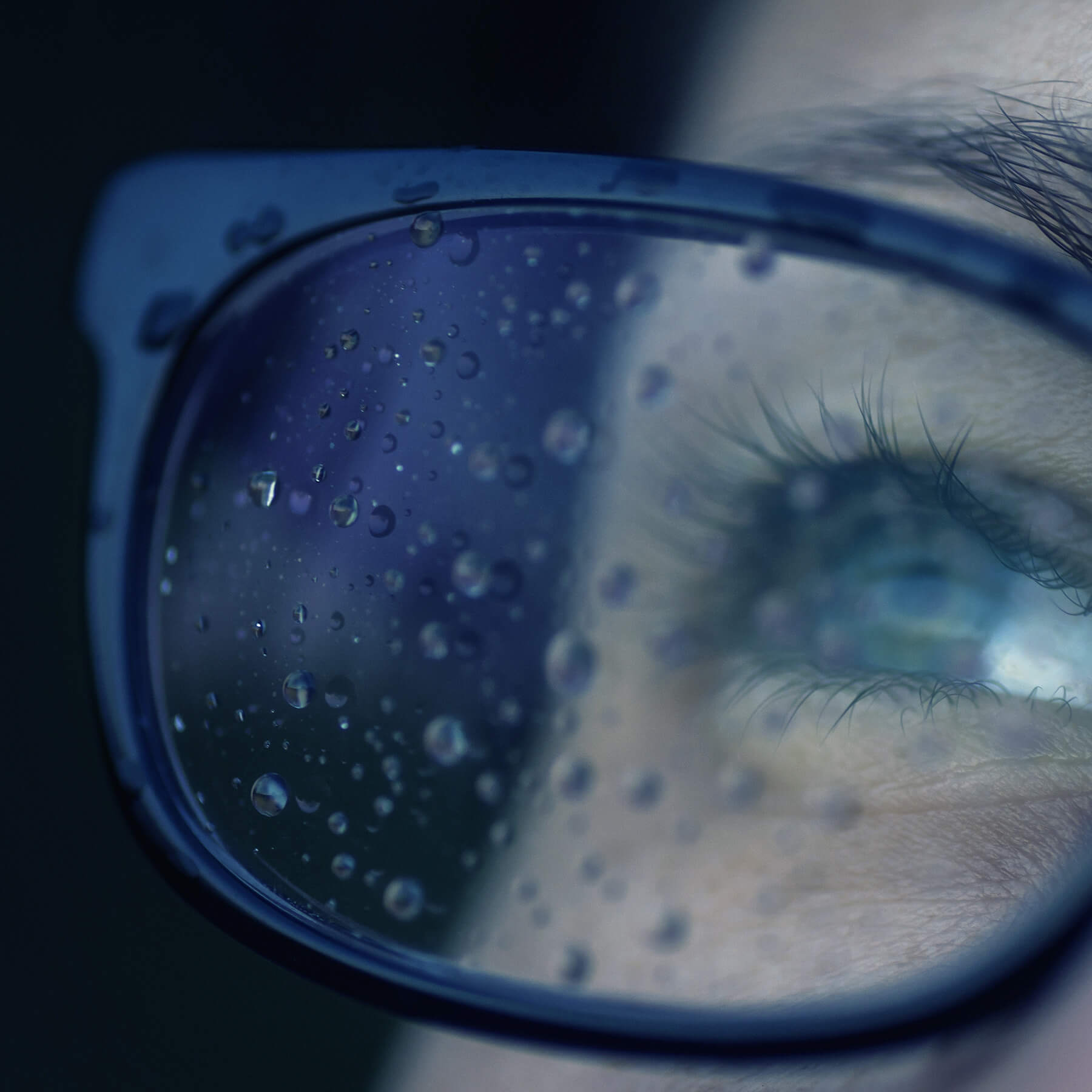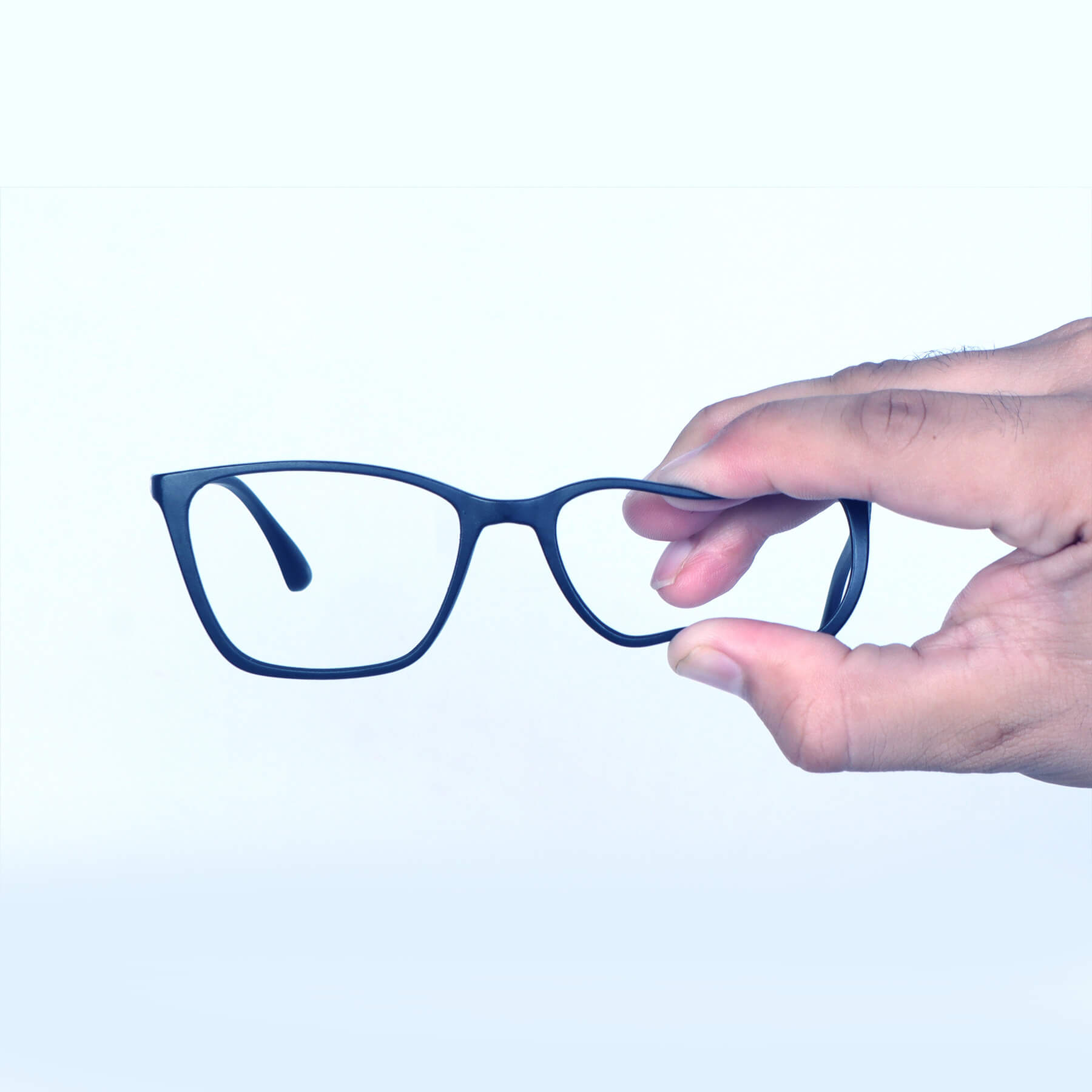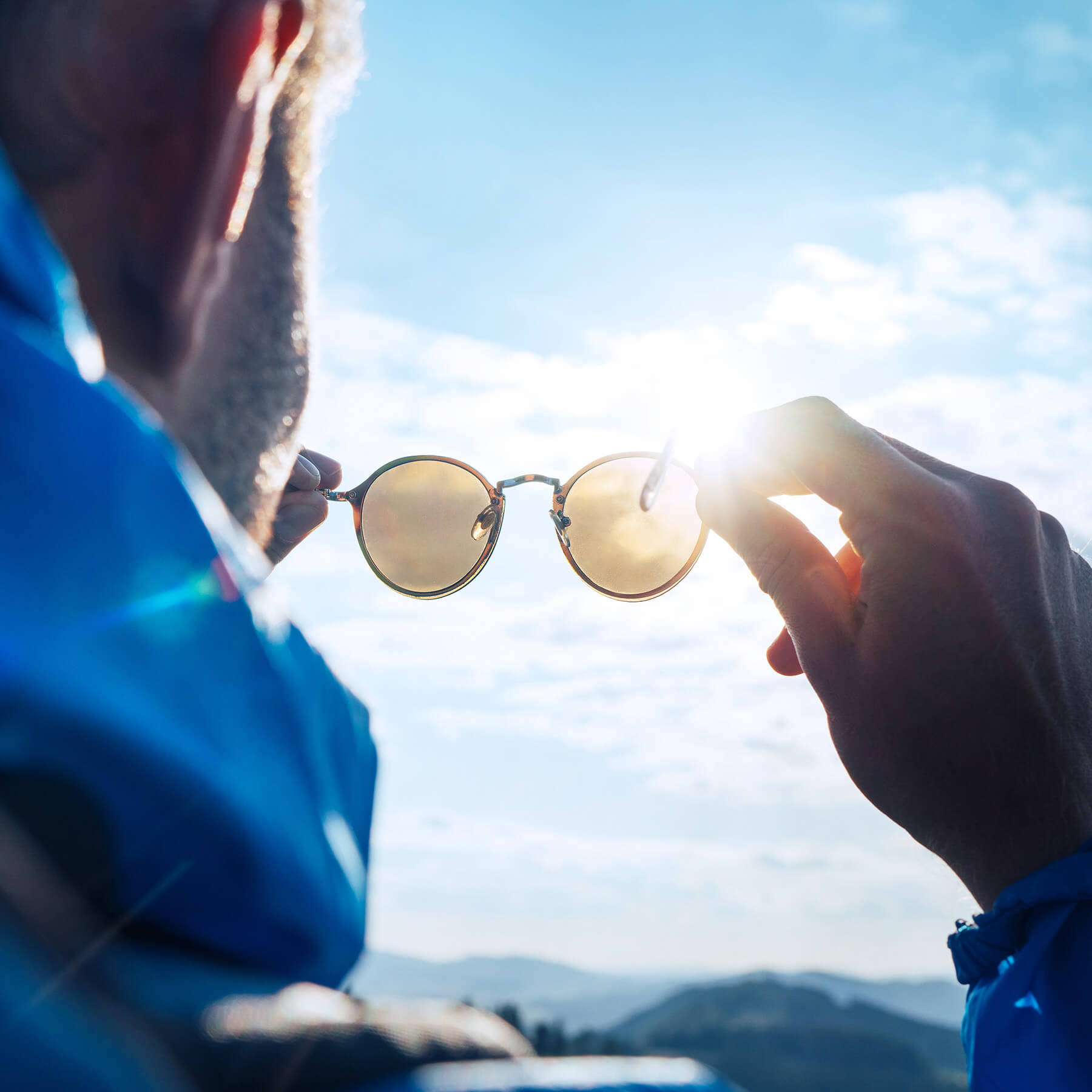Wide Breadth of Ophthalmic Testing Capabilities
Our expert Ophthalmic Testing capabilities include:
- Lens and frame testing
- Photochromic testing
- Abrasion testing
- Coating testing
- Smulated exposure testing (ESWT)
- Polarization
- Plus strength and optical properties
Lens tests, based on the ANSI Z80.1-2010 standard, include testing for Anti-Reflective Coating, Durability (ISO 8980 Part 4); and Hard Coat Abrasion Resistance (ISO 8980 Part 5).
NSL Analytical also tests Frames and Accessories which are subject to regulatory standards (EU Nickel Release, CPSIA and CA Prop 65).
